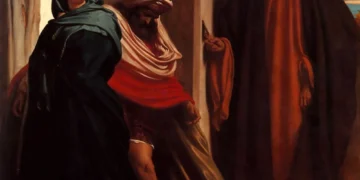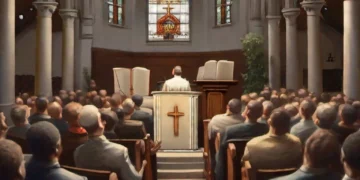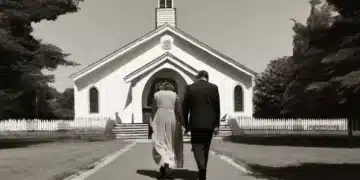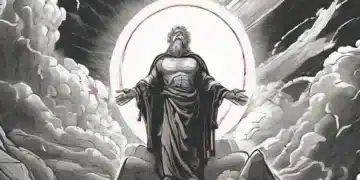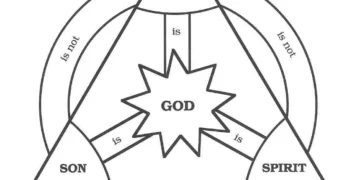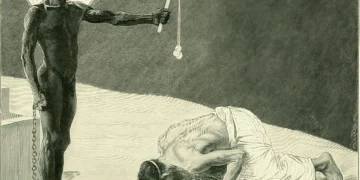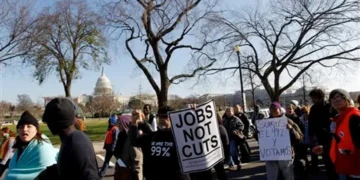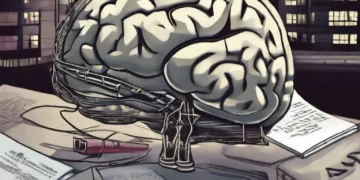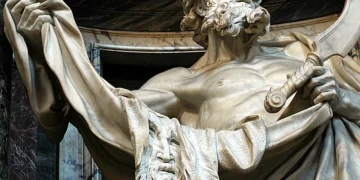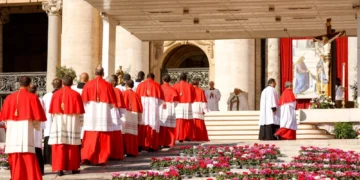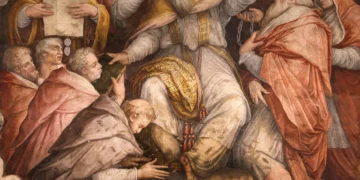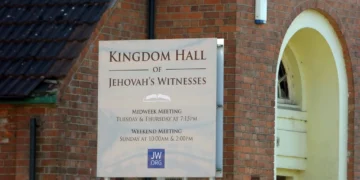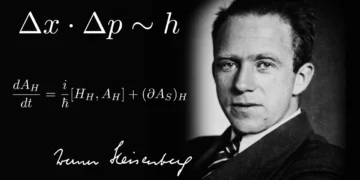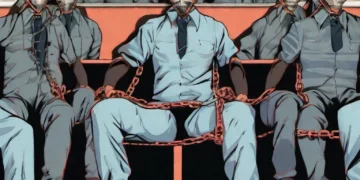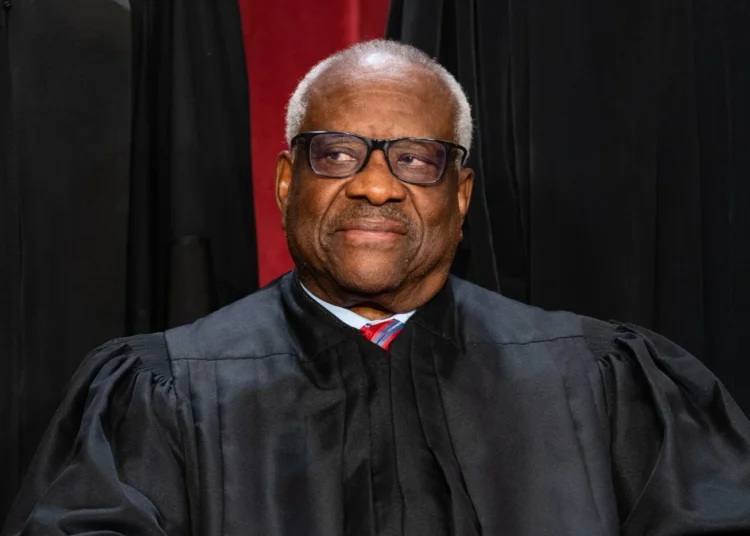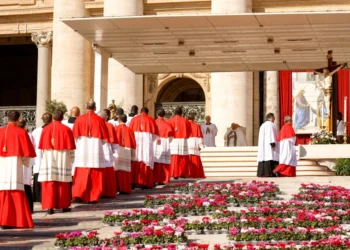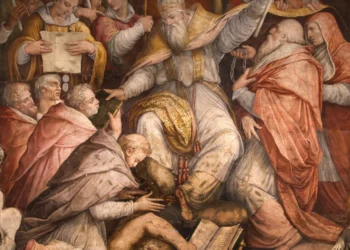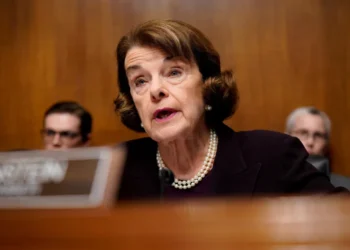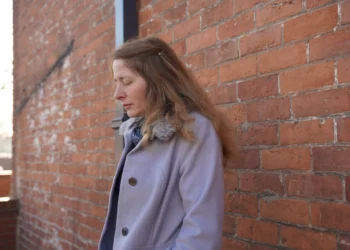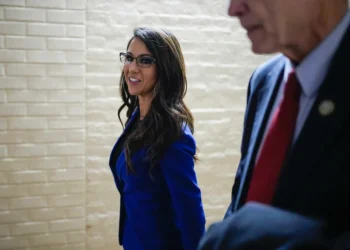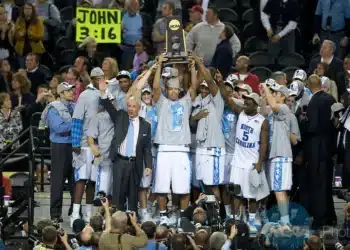Supreme Court Justice Clarence Thomas has left an indelible mark on the American judiciary. As one of the longest-serving and most conservative justices, his jurisprudence and decisions have sparked both praise and criticism. While he has garnered support for his unwavering commitment to conservative principles, Justice Thomas has faced notable criticism throughout his career. This article will delve into the prominent concerns raised against Justice Thomas, analyze their roots, and explore potential pathways to address these criticisms in order to promote a judiciary that is more representative and responsive to all Americans.
Criticism 1: Interpretation of the Constitution
Justice Thomas is often criticized for his originalist interpretation of the Constitution, which argues for adhering strictly to the intent of the framers. Critics argue that such an approach hampers the Court’s ability to adapt and interpret the Constitution in light of societal changes.
Potential Solution
To address this concern, it is crucial to foster a diverse and balanced judiciary that incorporates justices from different legal perspectives. By appointing and confirming justices who hold diverse interpretative approaches, the Supreme Court can benefit from a broader range of viewpoints, ensuring a more comprehensive and dynamic interpretation of the Constitution.
Criticism 2: Silence in Oral Arguments
Justice Thomas is known for his infrequent participation in oral arguments, which critics argue hampers the deliberative process and undermines public faith in the Court’s decision-making.
Potential Solution
One possible solution is for Justice Thomas to engage more actively during oral arguments. Increased participation would provide an opportunity for the public to witness his legal reasoning while fostering transparency and understanding within the judicial process. Encouraging respectful dialogue among justices during oral arguments would also contribute to a more robust and effective decision-making process.
Criticism 3: Lack of Diversity and Representation
Justice Thomas’s appointment as the second African American justice raised hopes for increased diversity and representation on the Court. However, critics argue that his conservative ideology does not align with the experiences and concerns of marginalized communities.
Potential Solution
Promoting diversity on the Supreme Court entails recognizing the importance of varied perspectives and life experiences. Appointing justices who not only reflect diverse backgrounds but also demonstrate a commitment to understanding and addressing systemic inequalities, can enhance the Court’s ability to empathize with and adjudicate cases that impact marginalized communities. Moreover, actively considering a wider range of demographics, including gender, race, ethnicity, and professional backgrounds, during the nomination and confirmation process can help promote a judiciary that better reflects the nation it serves.
Moving Forward
Supreme Court Justice Clarence Thomas’s career has undoubtedly shaped American jurisprudence. While he has earned both accolades and criticism, constructive dialogue surrounding the concerns raised against him is essential for a more inclusive and effective judiciary. By embracing a diverse range of legal perspectives, encouraging active participation in oral arguments, and prioritizing representation in the nomination process, the Supreme Court can move towards a more equitable and balanced future, ensuring justice for all Americans.

